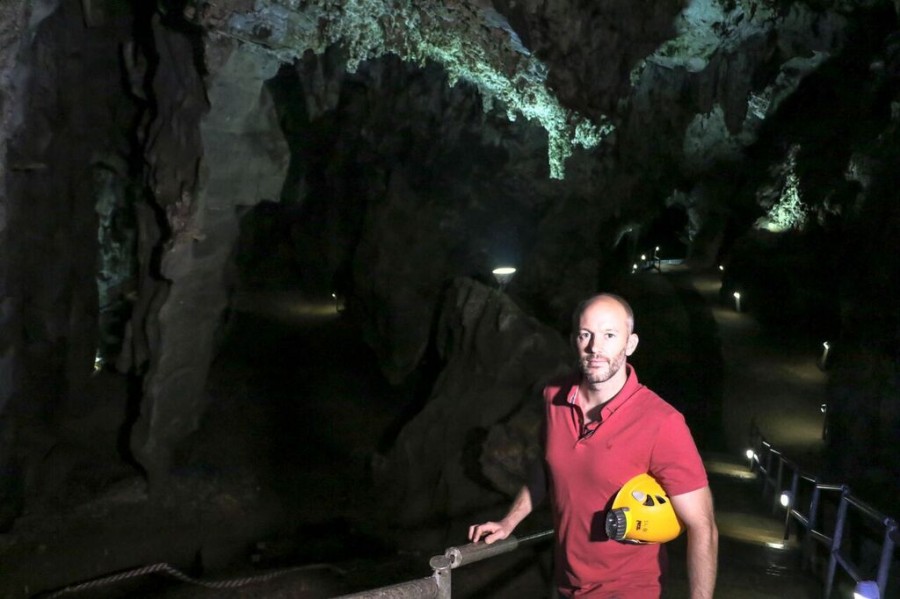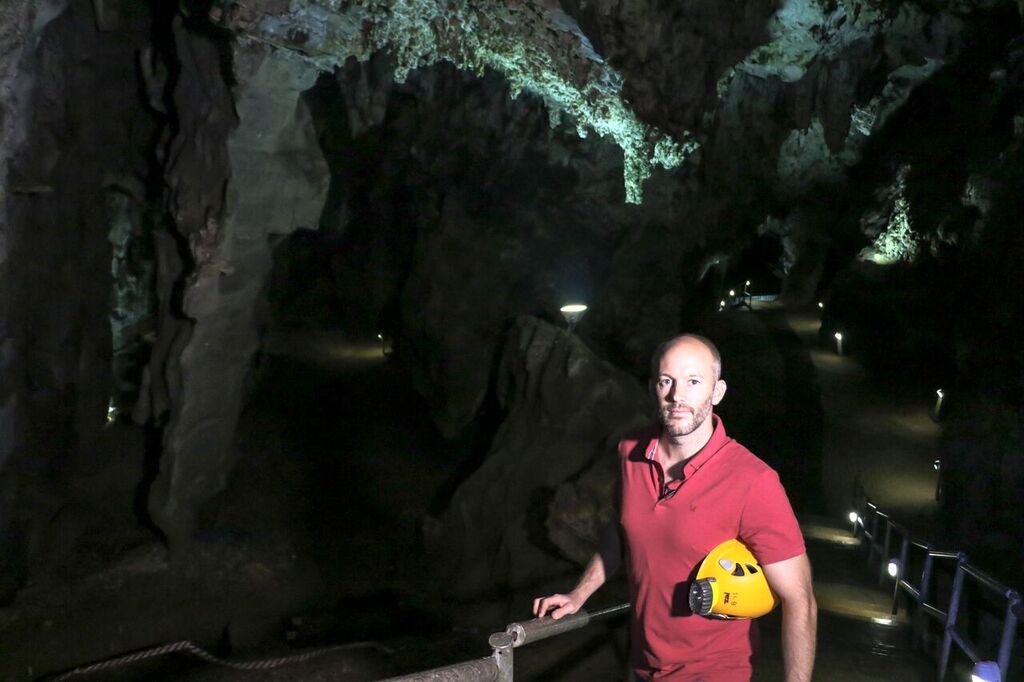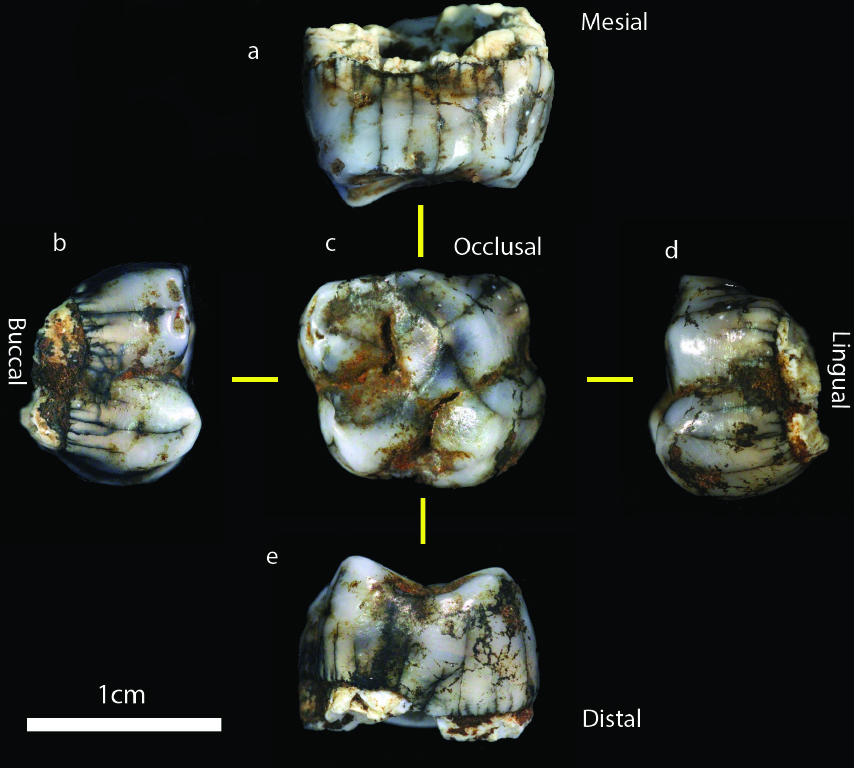
Sterkfontein Caves Produce Two New Hominin Fossils
JOHANNESBURG – Two new hominin fossils have been found in a previously uninvestigated chamber in the Sterkfontein Caves, just northwest of Johannesburg, Wits University announced this week. The two new specimens, a finger bone and a molar, are part of a set of four specimens, which seem to be from early hominins that can be associated […]

JOHANNESBURG – Two new hominin fossils have been found in a previously uninvestigated chamber in the Sterkfontein Caves, just northwest of Johannesburg, Wits University announced this week.

The two new specimens, a finger bone and a molar, are part of a set of four specimens, which seem to be from early hominins that can be associated with early stone tool-bearing sediments that entered the cave more than two million years ago.
“The specimens are exciting not only because they are associated with early stone tools, but also because they possess a mixture of intriguing features that raise many more questions than they give answers,” says lead researcher Dr Dominic Stratford, a lecturer at the Wits School of Geography, Archaeology and Environmental studies, and research coordinator at the Sterkfontein Caves.
The first fossil specimen, which is a very large proximal finger bone, is significantly larger and more robust than any other hand bone of any hominin yet found in South African plio-pleistocene sites.

“It is almost complete and shows a really interesting mix of modern and archaic features. For example, the specimen is markedly curved – more curved than Homo naledi and is similarly curved to the much older species Australopithecus afarensis,” says Stratford.
The level of curvature is often linked to arborealism, but it lacks the strong muscle attachments that are expected to be present.
“The finger is similar in shape to the partial specimen from Olduvai Gorge that has been called Homo habilis, but is much larger. Overall, this specimen is unique in the South African plio-pleistocene fossil hominin record and deserves more studies,” says Stratford.
The other fossil is a relatively small, nearly complete adult 1st molar tooth that also has striking similarities to species Homo habilis.
“In size and shape it also bears a resemblance to two of the 10 1st molars of the H.naledi specimens, although further and more detailed comparisons are needed to verify this.”
The shape of the tooth and particularly the shape and relative sizes of the cones on the surface of the tooth suggest this specimen belonged to an early member of the Homo genus and can be associated with early stone tools dated recently to 2.18 million years ago.
